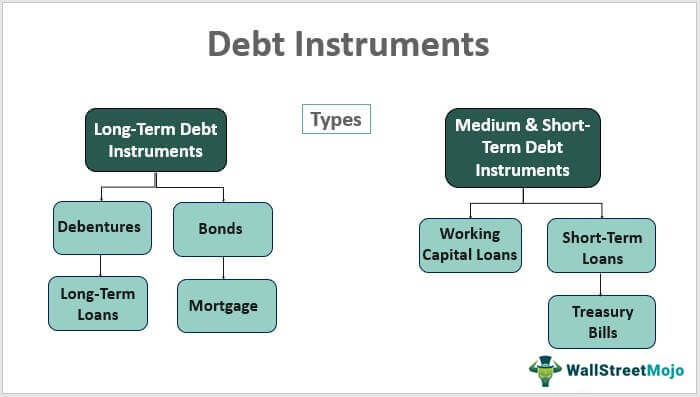Who’s Tougher on China—Biden or Trump? the relationship between the United States and China is one of the most critical aspects of global geopolitics today. As two of the world’s largest economies, the interactions between these nations shape the global economy, security, and future policies. In recent years, the approach taken by U.S. Presidents toward China has been a point of much debate. Both Joe Biden and Donald Trump have taken strong stances, but the methods they’ve used to challenge China differ significantly. So, who’s tougher on China—Biden or Trump? Let’s explore the Biden vs Trump China policy, their strategies, and how these approaches affect U.S.-China relations.

U.S.-China Relations: A Background
Before diving into the specifics, it’s essential to understand the history of U.S.-China relations. China has grown rapidly in the last few decades, becoming one of the world’s most powerful nations. This growth has led to increasing competition with the United States in trade, technology, and military dominance.
Under the Obama administration, the U.S. tried to balance China’s growing power with deeper engagement in Asia. However, rising tensions over issues like trade and territorial disputes in the South China Sea led to a shift in policy. Under President Trump, relations took a more confrontational turn, especially in economic matters. Trump considered China a strategic adversary, which led to an all-out trade war.
When President Biden took office, he inherited this strained relationship. His approach has been more diplomatic, but he has still kept some of Trump’s tough policies. The Biden vs Trump China policy debate revolves around not just who is tougher but also the differences in their approaches to handling China’s rise on the global stage.
Trump’s Strategy: The Trade War and Tough Rhetoric
Donald Trump’s strategy was centered on one main goal: trade. He believed that China’s trade practices, including intellectual property theft and unfair market access, hurt the U.S. economy. Trump’s solution was a direct confrontation—through tariffs.
Trump imposed tariffs on hundreds of billions of dollars of Chinese goods. His administration believed this would force China to address its trade practices and reduce the trade imbalance between the two countries. The Biden vs Trump China policy debate often refers to this trade war, with some viewing it as a necessary step to push China toward fairer practices.
However, Trump’s trade war had mixed results. While it did put pressure on China, it also caused disruptions in global supply chains and affected U.S. consumers and businesses. Many economists argued that the trade war didn’t achieve its intended results. Yet, Trump’s supporters felt the tariffs were needed to challenge China’s growing economic influence.
Biden’s Approach: Diplomacy with a Strong Hand
President Biden’s approach to China is different. He has continued some of Trump’s tough policies, especially the tariffs, but with a focus on diplomacy. Biden has worked to rebuild alliances with U.S. partners in the Asia-Pacific region, such as Japan, South Korea, and Australia. These alliances aim to create a united front to counter China’s growing influence.
On trade, Biden’s team has largely kept the tariffs in place but focuses more on international cooperation. Rather than just using tariffs as a tool of pressure, Biden wants to address issues like intellectual property theft and forced technology transfers through diplomatic channels. His approach is more multilateral, focusing on engaging China within international systems like the World Trade Organization (WTO) to push for reform.
Biden has also been vocal about human rights, a concern often downplayed in Trump’s rhetoric. Biden has criticized China’s actions in Xinjiang, where human rights groups say the government is oppressing the Uyghur population. He has also spoken out against the repression of pro-democracy activists in Hong Kong. These human rights issues have become a central part of Biden’s China strategy, contrasting with Trump’s more economic-focused approach.
Military Tensions: Handling China’s Growing Military Presence
While trade was the main issue for Trump, military and strategic considerations also played a significant role in his approach to China. Trump increased U.S. military presence in the Asia-Pacific region to challenge China’s territorial claims in the South China Sea. He pushed back against China’s growing military power through naval patrols and freedom of navigation operations.
Biden has largely continued Trump’s military strategy, but with a more structured approach. The Biden administration has focused on strengthening alliances with countries in the region to counter China’s growing military assertiveness. The U.S. has continued its military presence in the region, but Biden’s approach is more focused on deterrence and stability rather than confrontation.
Biden’s strategy emphasizes building a unified response with U.S. allies, while Trump’s approach often lacked a clear, consistent strategy. Biden’s approach to military presence is less about unilateral actions and more about cooperation with partners in the region to ensure peace and stability.
The Human Rights Issue: A Key Difference
Another area where Biden’s approach differs from Trump’s is in the emphasis on human rights. While Trump did speak out against China’s human rights abuses, particularly regarding the treatment of Uyghurs in Xinjiang, his administration did not prioritize this issue in its dealings with China.
Biden has made human rights a cornerstone of his policy toward China. He has criticized China for its treatment of ethnic minorities, especially the Uyghurs, and has raised concerns about the erosion of democracy in Hong Kong. Biden has used international platforms to call out China’s human rights violations, signaling a values-driven foreign policy.
Trump’s stance was more pragmatic, focusing on economic and military challenges rather than the moral issues surrounding China’s governance. While Biden’s focus on human rights may create tensions with China, it reflects his commitment to a more ethical approach in U.S. foreign policy.
The Bottom Line: Who Is Tougher on China?
When comparing the Biden vs Trump China policy, both leaders have shown toughness, but in different ways. Trump’s approach was confrontational and often unilateral, focusing on economic pressures and military posturing. Biden, on the other hand, has maintained some of Trump’s tough measures but has added a diplomatic and multilateral component, aiming for a more balanced approach.
Biden’s policies are less about confrontation and more about long-term stability, which includes human rights and international cooperation. Trump’s policies, while aggressive, were focused on challenging China through economic and military pressure. Both approaches reflect the U.S. government’s increasing concern about China’s rise, but Biden’s strategy aims to combine pressure with diplomacy.
In the end, the question of who is tougher on China depends on the lens through which we view toughness. Trump’s direct, forceful methods contrast with Biden’s more strategic, values-driven approach. Both have made their mark in the ongoing geopolitical struggle with China, and the future of U.S.-China relations will continue to evolve as these policies unfold.




